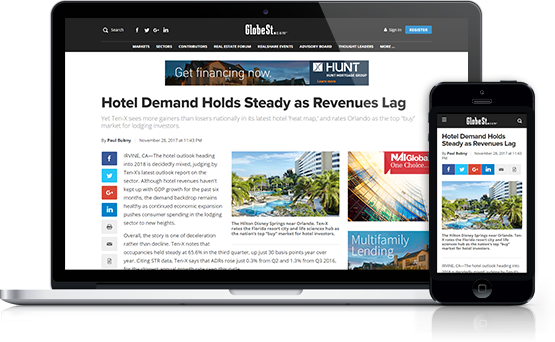A lot of people might understand the basic concept of a commercial building energy audit -- an evaluation of how energy efficient a commercial building is -- but, what really goes into an energy audit? What can be gained from conducting one? And how do you practically put all of the information obtained from an energy audit to use?
An energy audit is often the first step in making your commercial building more efficient. The goal of an energy audit is of course to identify energy-saving opportunities, but also to increase asset values, lower ownership costs and promote environmental stewardship, human comfort, health and safety. This is done by taking a comprehensive look at the energy consumption data associated with a commercial building, as well as the energy and resource consuming infrastructures, to identify fiscally responsible, sustainable energy efficiency measures that reduce energy usage and carbon emissions.
Nuts and Bolts of a Commercial Building Energy Audit
Recommended For You
Want to continue reading?
Become a Free ALM Digital Reader.
Once you are an ALM Digital Member, you’ll receive:
- Breaking commercial real estate news and analysis, on-site and via our newsletters and custom alerts
- Educational webcasts, white papers, and ebooks from industry thought leaders
- Critical coverage of the property casualty insurance and financial advisory markets on our other ALM sites, PropertyCasualty360 and ThinkAdvisor
Already have an account? Sign In Now
*May exclude premium content© 2025 ALM Global, LLC, All Rights Reserved. Request academic re-use from www.copyright.com. All other uses, submit a request to [email protected]. For more information visit Asset & Logo Licensing.








